20 Picture Books to Teach Sequencing & Beginning, Middle, and End
This post may contain affiliate links.
It’s important to teach sequencing to kids. Use picture books as mentor texts to teach sequence, including beginning, middle, and end. I taught sequencing starting as young as kindergarten and continued up through the primary grades. But remember, that you’re introducing story sequence as you read aloud to children and practice following directions. (First, put your shoes on. Second, put your coat on.)
Sequencing is part of the Common Core Reading Standards — and it’s an important life skill and literacy skill.
Understanding a story’s sequence helps kids when they need to retell the events in the story. It also helps kids predict what happens next because they understand the structure of a story or plot. Finally, it helps children follow directions!
I specifically love using wordless picture books to teach sequence, but there are many wonderful picture books that also can model story sequence or beginning, middle, and end. Here are some of my favorites you can use as mentor texts to teach this specific text structure.
**If you’re looking for HOW-TO / PROCEDURAL TEXTS, go to the How-To Mentor Text Book List.
But first, let’s start with a few possible activities to help you teach this concept… These are the books I’ve used in my classroom as well as new releases that I’ve read to my own children.
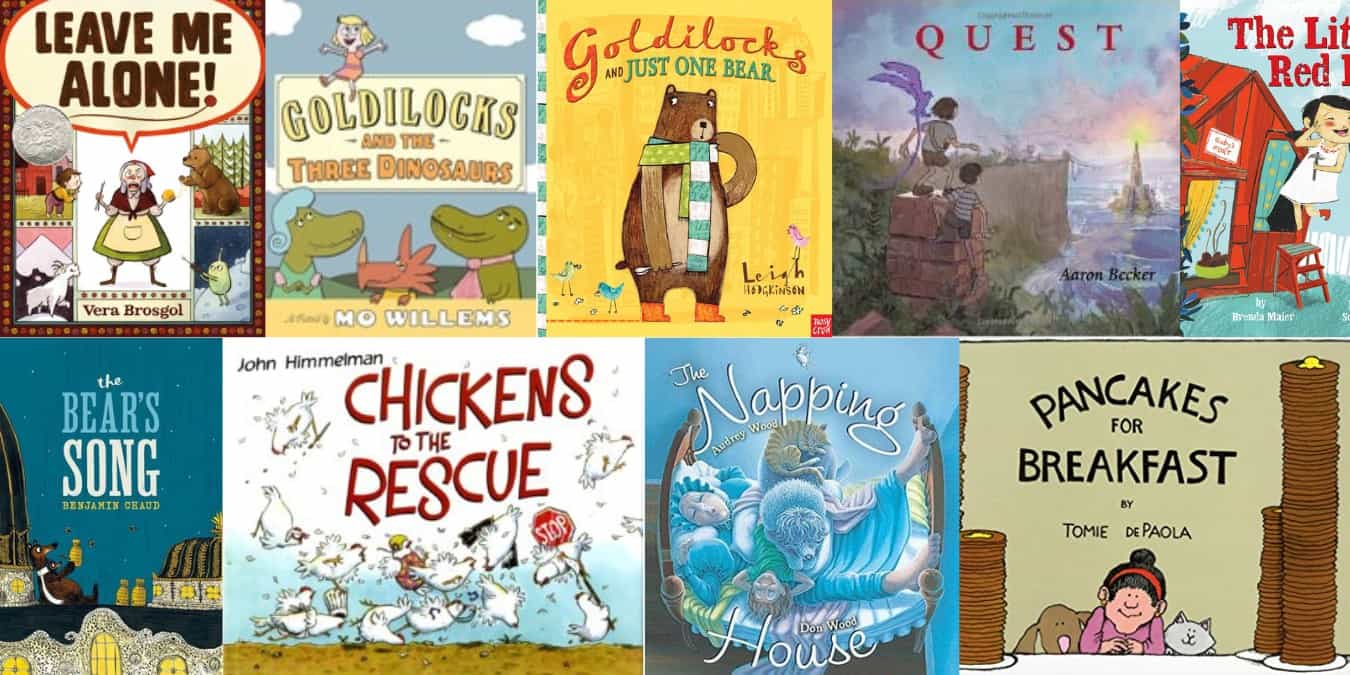
Ideas for Teaching Sequencing to Kids
Skip the Beginning, Middle, or End
Take any book with a clear beginning, middle, and end, but don’t read one of the three parts. I love using Pancake Breakfast by Tomie dePaola and skip the ending.
Start by reading the story aloud to your students. As you start the story, you’ll want to talk about how it begins. Chart the beginning in a large graphic organizer or on a whiteboard. Then continue reading and stop after the middle. Ask your students what happens in the middle. You might prompt with, “After the beginning event happens, what happens?”
Next, recall together what happens in the middle. (She’s missing an ingredient. When she leaves to get it, the dog and cat make a mess of the batter.) Then, STOP. Don’t read the ending. Brainstorm with your kids what would make for a good ending. Would she come back and eat cereal? Make pancakes again? Ask them to write or draw (if they are pre-writers) what they think the ending should be.
In the next few days, you can use the same story or new stories and formulate what makes for a good beginning, a good middle, and a good ending. Use this to analyze the stories you read (did you like the ending?) and even more importantly, to help your students become better writers. If they know that the ending gives a sense of closure and the beginning gets readers interested as well as provides the setting and characters, you now have a rubric.
Human Sequential Timeline
Split up the story into clear sections that you’ll have them reconfigure back into order. You can do this with small groups or large groups. Have groups take each section, read it, and write a summary sentence about it. Each group shares with the entire class what their part was. When they finish, ask the groups to decide the sequence of events — and arrange their sentences accordingly. If you want to do this in small groups, have each member get a section and the small group rearranges the story in sequential order.
Use Graphic Organizers / Thinking Maps
There are some fantastic visual organizers that will support your kids in thinking sequentially. As always, model using these organizers one at a time before you do a guided practice or ask your students to work independently. Pick one organizer to use. Gain mastery with that one before asking kids to move on to another one.
Story Sequence Map (Beginning, Middle, End)
Story Sequence Map (First, Next, Then, Last)
Story Sequence (Time Increments such as Monday, Tuesday, Wednesday, …)
Flow Map
Timeline
Use Your Organizers and Maps to Retell
When you synthesize the main events, it makes it much easier for children to retell what happened in the story. Use the above graphic organizers to support your children in retelling what happened.
Mentor Texts to Teach Sequencing and Beginning, Middle, and End
Sequencing with Wordless Picture Books

Quest by Aaron Becker
Quest is an enchanting and imaginative picture book written only in pictures that will transport you to a magical world. Follow a boy and a girl with a purple, magical bird on their quest to save the king and his kingdom.

No Dogs Allowed! by Linda Ashman, illustrated by Kristin Sorra What a gorgeous book with a very clear sequence of events. The owner of a fancy bistro turns away a young customer with a dog, replacing his Welcome sign with a “NO Dogs Allowed” sign. More customers with animals of every kind — cat, kangaroos, elephant — arrive and are turned away. The customers and their animals congregate in the nearby plaza where there are a fountain and lemonade stand, prompting the owner to change his mind.

NOPE! A Tale of First Flight by Drew Sheneman
For any kid who has been afraid to try something, this book shows in hilarious and sweet illustrations (with almost no text) a young bird’s fear of flying out of the nest. Finally, his mama gives him a swift kick out much to his joyful exuberance.
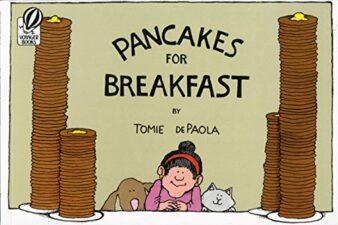
Pancakes for Breakfast by Tomie de Paola
An old woman decides to make pancakes for breakfast. She has all the ingredients for the batter except one. When she leaves to get the missing ingredient, her dog and cat make a mess of the pancake batter all over the house. What will she do now?

Aquarium by Cynthia Alonso
A little girl catches a vibrant orange fish. She takes it to her house where she creates a lake system with a hose, a swimming pool, glasses, vases, and pitchers. Then, the little girl returns the orange fish to the lake after a sweet good-bye.
Sequencing with Narrative Picture Books
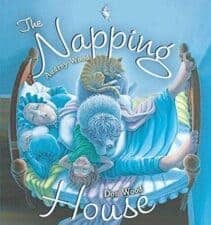
The Napping House by Audrey Wood and Don Wood
One of the most beloved picture books EVER, certainly by my family if not the world, The Napping House is a gentle, rhythmic story about the inhabitants in a sleepy house slowly falling into slumber– then, waking back up again.
“There is a house,
a napping house,
where everyone is sleeping.”
As the snoring granny, dreaming child, a dozing dog, a snoozing cat, and a slumbering mouse settle in for sleep, they’re unexpectedly awakened in a surprising chain reaction of events. Muted blue-toned illustrations enhance this book’s perfectly sleepy ambiance.

Goldilocks and Just One Bear by Leigh Hodgkinson
This is a whimsically illustrated fractured-Goldilocks picture book about a bear who gets lost in the city and stops to rest in an apartment. Can you predict where this is going? He really wants some porridge, so he tries some, but it is too soggy (fish tank water), then too crunchy (cat food), and then too dry (toast). Does this story sound vaguely familiar to you? After the bear tries different “chairs” and beds, he falls asleep. The perfect surprise ending makes this a new favorite fairy tale.

Goldilocks and the Three Dinosaurs by Mo Willems
Papa Dinosaur, Mama Dinosaur, and some other Dinosaur who happened to be visiting from Norway, “made up their beds, positioned their chairs just so, and cooked three bowls of delicious chocolate pudding at varying temperatures.” And, “The three Dinosaurs went Someplace Else and were definitely not hiding in the woods waiting for an unsuspecting kid to come by.” I won’t give away the rest — but you can be sure there is silliness and clear event sequencing.

Little Bear’s Big House by Benjamin Chaud
It’s another Goldilocks story with a humorous twist when Little Bear decides to leave home. He finds and explores a big, empty house. Which is fun at first, but he realizes that there are noisy, scary monsters in the house; what will he do? Race back home, of course! Meanwhile, you the readers will realize that the noises come from Little Bear’s family who is searching for him. Not only are the illustrations incredible, but they also narrate the family’s parallel search story. It’s a relatable topic for our children — they want independence, but not too much…

Chickens to the Rescue by John Himmelman
Good thing for this farming family that their chickens will help with EVERYTHING Monday through Saturday. What will the family do on Sunday, the chicken’s day off? Use this for sequencing a week-long time period and teaching days of the week.

If You Give a Mouse a Cookie by Laura Joffe Numeroff
In a domino effect of craziness, we learn that one thing leads to another when you give a mouse a cookie. What will happen next? This models sequencing as well as cause and effect.

The Bear’s Song by Benjamin Chad
Papa Bear is searching for Little Bear, who has escaped the den. Little Bear is following a bee because where there are bees, there is honey! When the quest leads both bears into the bustling city and a humming opera house, theatrical hijinks ensue, culminating in a deliciously harmonious reunion. Use this to sequence the series of events.

Leave Me Alone by Vera Brosgol
This grandmother just wants to be LEFT ALONE so she can finish knitting her grandchildren sweaters for the winter. In peace and quiet. But even in the woods, she’s not left alone. Finally, she finally finds a quiet, dark place to finish her knitting. And then she returns to gift her family with her loving work. A clear beginning, middle, and end.

The Forever Tree by Teresa Surratt and Donna Lukas, illustrated by Nicola Slater
You’ll fall in love with the spirited animals who live in this tree and the loving family they share it with. When Grandfather puts up a swing, the animals at first are worried but not for long. The swing begins a beautiful relationship of family gatherings near the tree. When the tree dies, as trees do, builders give it a second life — it becomes a treehouse.
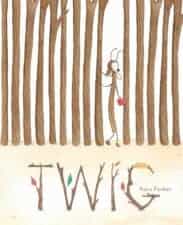
Twig by Aura Parker
My daughter and I absolutely adore this 2018 story about kindness. Bug school is starting and no one notices the new girl, Heidi, a stick insect, not even the teacher. Here’s where the brilliant artwork comes in because kids will have to look closely to see where Heidi is — can you notice where she is? You’ll feel so sad for Heidi who watches the other kids playing. Why won’t someone play with her? When Heidi is finally discovered (on accident by a ladybug), the teacher has a wonderful idea — all the students will knit a square for a scarf. The scarf will help everyone be able to see her. Now she always finds friends in the playground! Clearly shows beginning, middle, and end.

The Little Red Fort by Brenda Maier, illustrated by Sonia Sanchez
Remember the story of The Little Red Hen? The Little Red Fort is the same set-up but with a girl-powered engineering twist. And it’s SO awesome — both the clever story and the fantastic illustrations!! Ruby asks her brothers to help her build something. They dismiss her idea. She isn’t daunted– she learns and does it herself. She invites them to help with all the steps in the process — making plans, gathering supplies, cutting the boards, hammering the nails — but the others always decline. The illustrations show the boys playing outside, playing in the pool, playing on screen time. Of course, when Ruby is all done, the boys want to play in her fort but she says no. To apologize, the boys contribute to the fort — flowers, paint, and a mailbox — then they all have a fort-warming party.

The Antlered Ship by Dashka Slater, illustrated by the Fan Brothers
Fox has so many questions, questions the other foxes don’t understand. He decides to join the Antlered Ship’s crew where he asks questions, finds adventure, and makes new friends. Now he knows some answers but he’ll always have more questions and plenty of friends.

The Only Fish in the Sea by Philip C. Stead, illustrated by Matthew Cordell
When they hear that little Amy Scott dumped her goldfish into the ocean, Sadie and Sherman set off on a rescue mission. They gather supplies that strangely include balloons and monkeys and set off in a borrowed boat. Pay close attention to the illustrations as they tell much of the story. Filled with humor and relatable moments, this is a delightful book to teach story sequence.

The Wolf, The Duck, and The Mouse by Mac Barnett, illustrated by Jon Klassen
Do you know why the wolf howls at the moon? You’ll find out in this story! After a wolf eats him, a little mouse is quite surprised to meet a friendly duck inside the wolf’s belly. A duck who lives there and offers him soup. Now, the duck explains, there is no need to be afraid of getting eaten by the wolf. Together the two trick the wolf to give them exactly what they want to eat. Then, they save the wolf’s life so they can keep living in the comfort (and safety) of his belly. Your kids are going to love this silly story that somehow makes so much sense!
Sequencing with a Nonfiction Picture Book

Tuesday Tucks Me In: The Loyal Bond between a Soldier and his Service Dog by Former Captain Luis Carlos Montalvan, USA with Bret Witter, photographs by Dan Dion
Luis experiences post-traumatic stress disorder and other disabilities and his service dog Tuesday helps Luis’ nightmares and balance as he walks down the subway stairs. This picture book follows a typical day in the life of Luis and Tuesday from breakfast to bedtime.

The Hidden Life of a Toad by Doug Wechsler
There is so much to love about this nonfiction picture book. The text is really basic — not too hard for early elementary grades. The book sequentially shows in text and photos the development of a toad — which is fascinating. It’s longer than I would prefer but I think kids will stay engaged since the changes in the toad are quite profound.
 The Nest that Wren Built by Randi Sonenshine, illustrated by Anne Hunter
The Nest that Wren Built by Randi Sonenshine, illustrated by Anne Hunter
Starting with Wren’s building a nest to sitting on her eggs which hatch and growing fledglings, this spring story of new life consistently ends each stanza with a lovely repeating line, “..the nest that wren built.” Lyrical and descriptive with warm brown illustrations, experience the story with all your senses. “This is the tuft of rabbity fur, plucked from a harp, persnickety burr to warm the nest that Wren built.” You’ll hear the chirps, feel the velvety moss, feathers, and thread, and see the scrawny hatchlings.

You Might Also Like:

Reading Comprehension Strategies







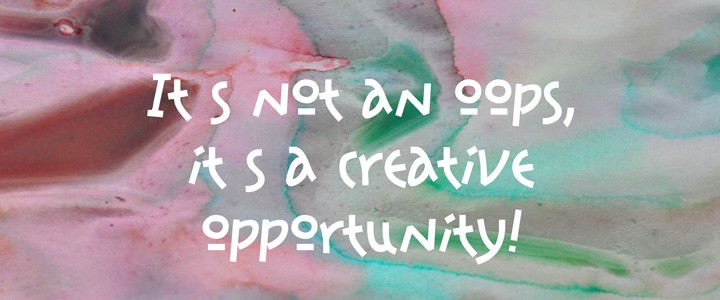
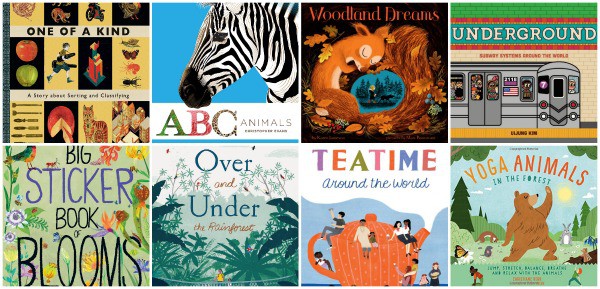


Thank you so much for this list! What a huge help!
I’m so glad, Mary! Thanks for the comment!
Thank you so much!! Your lessons are explained so well, you’re a lifesaver for a beginning teacher!!!
You’re so welcome, Richele! I wish you well in your teaching journey!